
Wigs allow us to instantly transform and play with who we are. However, for most of us, they are not commonly used accessories or a way to express ourselves. Tomihiro Kono (@tomikono_wig) has proposed modifying this conception and taking it to the next level. His handmade wigs are, more than a fashion accessory, a creative work that can turn us into fantastic creatures beyond our reality.

The Japanese artist has collaborated with Junya Watanabe’s Comme Des Garçons, Maison Margiela, Collina Strada, Jil Sander, or Yueqi Qi. He has held wigs exhibitions in New York, Tokyo or Paris. Personalities such as Björk or Gigi Hadid have worn his creations, inspired by nature and the traditional geisha hairstyle arts, which the artist knows in depth.
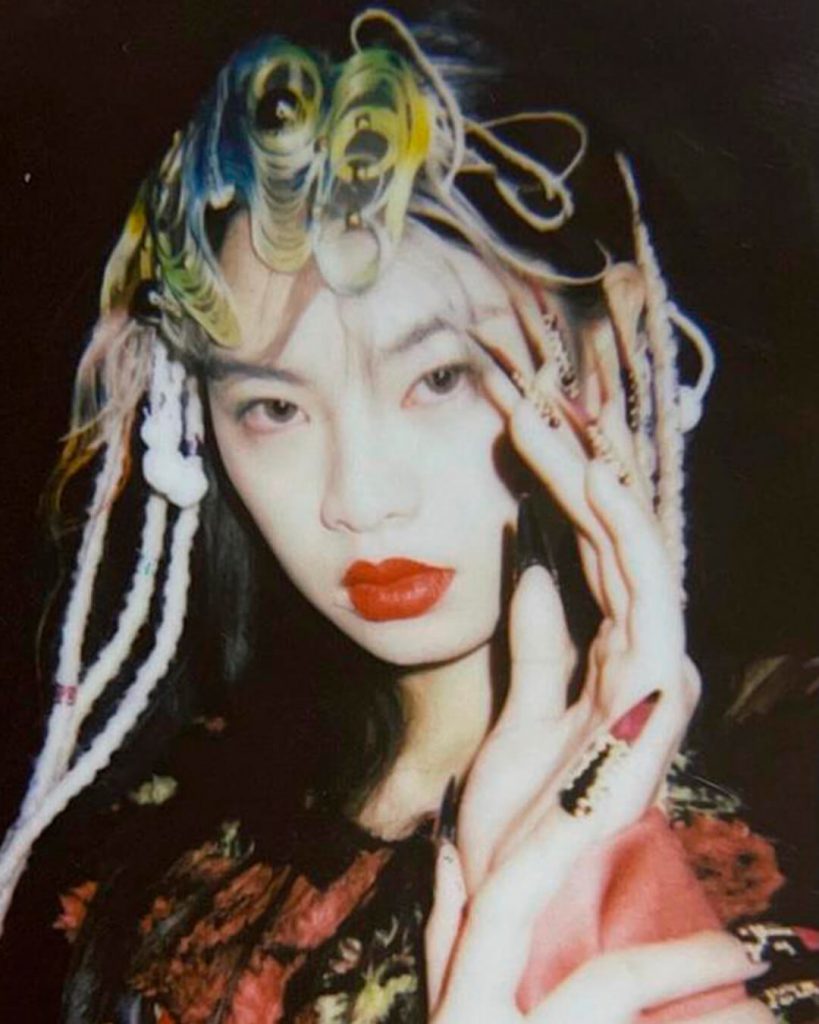
Far from keeping his creative techniques a secret, Tomihiro Kono regularly publishes books that collect his work, documenting and transmitting to the world art that not many develop. I spoke to Tomihiro Kono about his creative process and his journey and asked for his advice on incorporating wigs and hair accessories into our style.
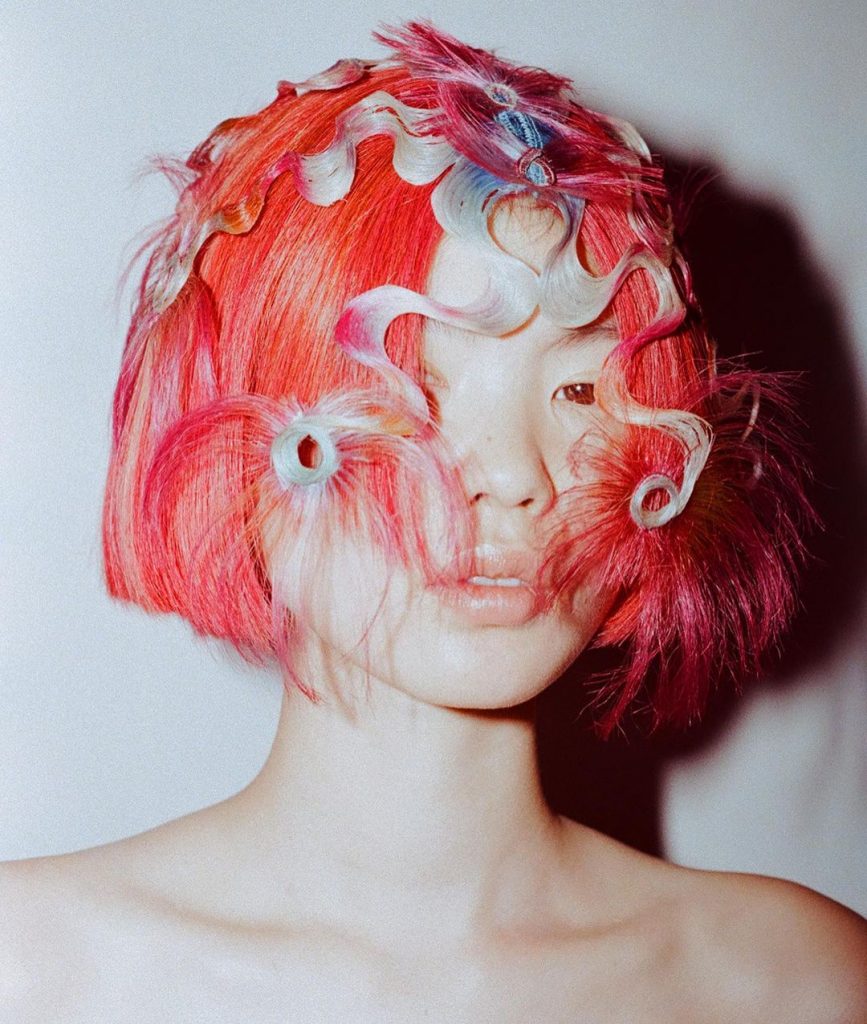
Chorareii: How did you become interested in styling hair?
Tomihiro Kono: I was always trying different hairstyles when I was a teenager. Once, I cut my hair as Ryota Miyagi from the manga ‘Slam Dunk’ and my mom got mad!
I wanted to become a hairdresser, so I moved to Tokyo in the early 2000s. I apprenticed to Takahiro Uemura, a landmark hairdresser who had opened his own hair salon in Harajuku called Dada Cubic.

Harajuku was inspiring and cool, but I wanted to learn Japanese traditional hairstyles, the ones that geishas wear. I feel that Japanese traditions have influenced me very much.
Definitely, designing wigs is not as common as being a hairdresser or a hairstylist. What led you to start creating your own wigs?
After I learned the traditional Japanese techniques, I moved to London in 2007. There, I started creating head props. The London atmosphere made me dare to be more creative.

In 2013 I moved to New York. I collaborated with Junya Watanabe’s Comme Des Garçons for several years with my head props. Around 2016 I started to create my own wigs.
Some of your pieces are so creative that I would never imagine they are wigs if I just saw a picture! What inspires you when you are creating them?
I mainly get inspired by nature and natural creatures, that is a huge inspiration for me!
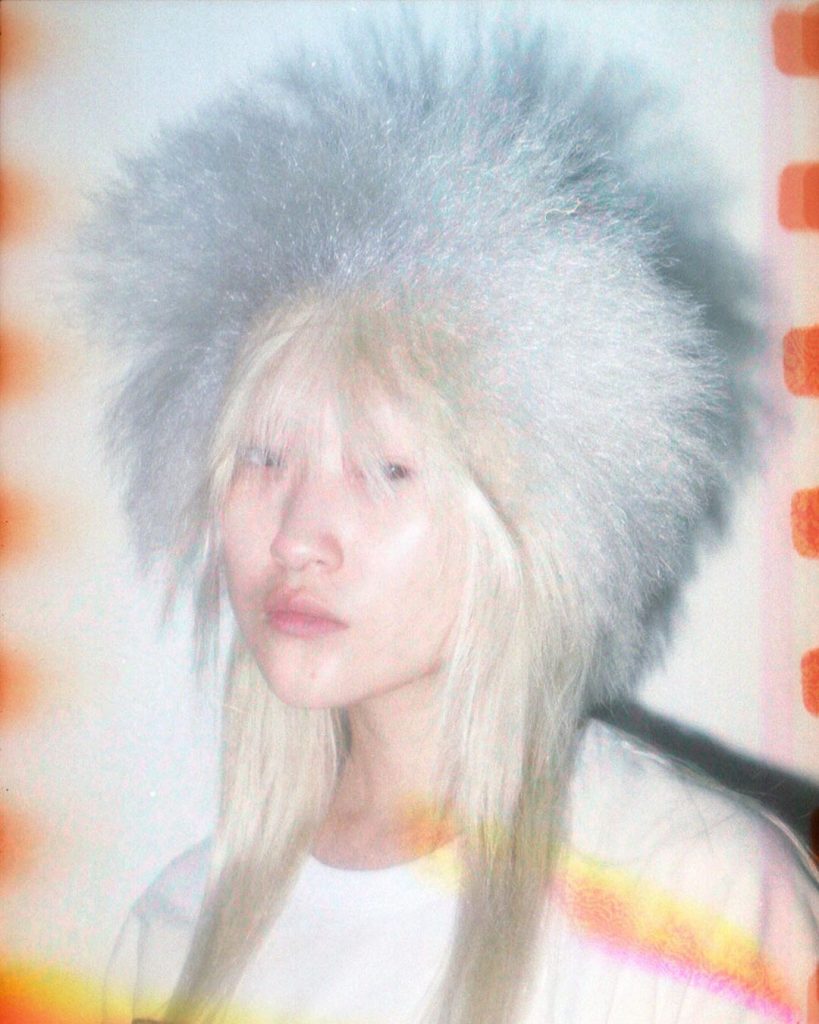
How is the process of creating a hand-made wig?
My process starts making a lace foundation. After that, I have to knot the hair one by one into it. It’s natural, hand-dyed colored hair, so the color comes first most of the time.
I have to knot, knot, knot … so much hair into the lace foundation to create a wig! In this process, I might mix several different colors to make the wig iconic.
When I finish knotting, I cut the hair and then I style it at the very end. Sometimes I adjust volumes or add even more different colors on top.
Throughout your professional career, you have worked with well-known designers. You mentioned Junya Watanabe earlier. Tell me about your collaboration!
I had dreamed about working with Comme des Garçons for a long time. In 2014, Mr. Watanabe asked me to collaborate for his then-upcoming Autumn/Winter 2014 collection. That was only the beginning! I worked as a head prop for nine Junya Watanabe collections.

Working on these projects was good training for me. Mr. Watanabe never explained to me what the next collection would be like, not even the concepts, themes, colors… I myself had to come up with ideas that fit with what he expected. It was a challenge, but also a great opportunity to develop my vision.
How do you feel about Björk wearing your creation? I know that you admire her very much!
I feel so honored to hear that she likes my work. It’s truly a dream collaboration, as it was my goal to work with Björk.
What other projects have been a milestone for your career or have marked the way you approach your art?
A wig project that I was asked to do by Dazed for Maison Margiela has been very special for me. This project was a part of the series of artist’s interpretations of the codes of Maison Margiela. I reinterpreted their “Code: Genderless” and made around 40 wigs.
For this project, I played making characters by layering the model’s own hair, masks, and wigs. This expression plays with the concept of the layered identity we all have. I have published a book of the project, titled “Layered Personas – The Art of Wig Making 2020.” In the book, you can have a look at all the wigs I made for them!

Actually, you have published several books about your work. Tell me about them! Do you feel that there is a lack of information about this kind of product in the fashion and beauty (or even art) industry?
I feel that yes. There are some books about wig making, but not so many.
My first book was called “Head Prop: Studies 2013–2016.” I wanted to document my work, show my creative process and share some of the Japanese traditions behind my head props designs. It was published in 2017.
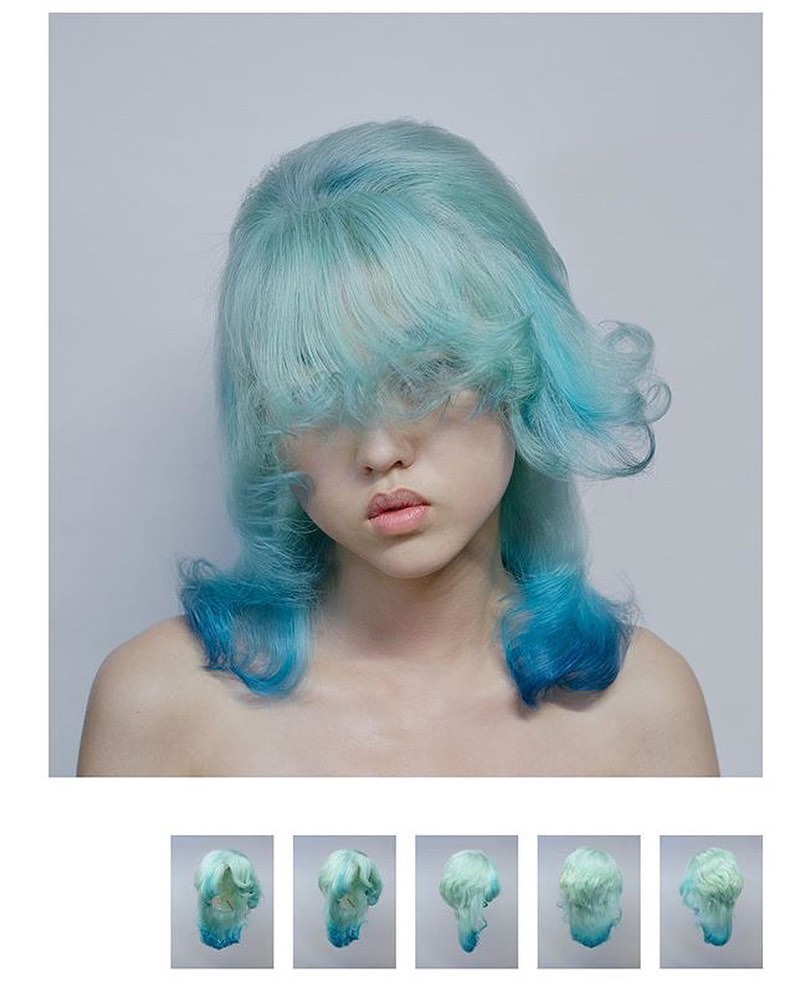
Then, I published “Personas 111 – The Art of Wig Making 2017-2020.” This book is not about head props, but about the wigs that I created through those years. I wanted to show the possibilities of transformation that wigs can give us.
My latest book, published at the end of 2020, is “Layered Personas”, the one I was telling you about earlier. I would also like to make a proper book about the wig-making process in the future.
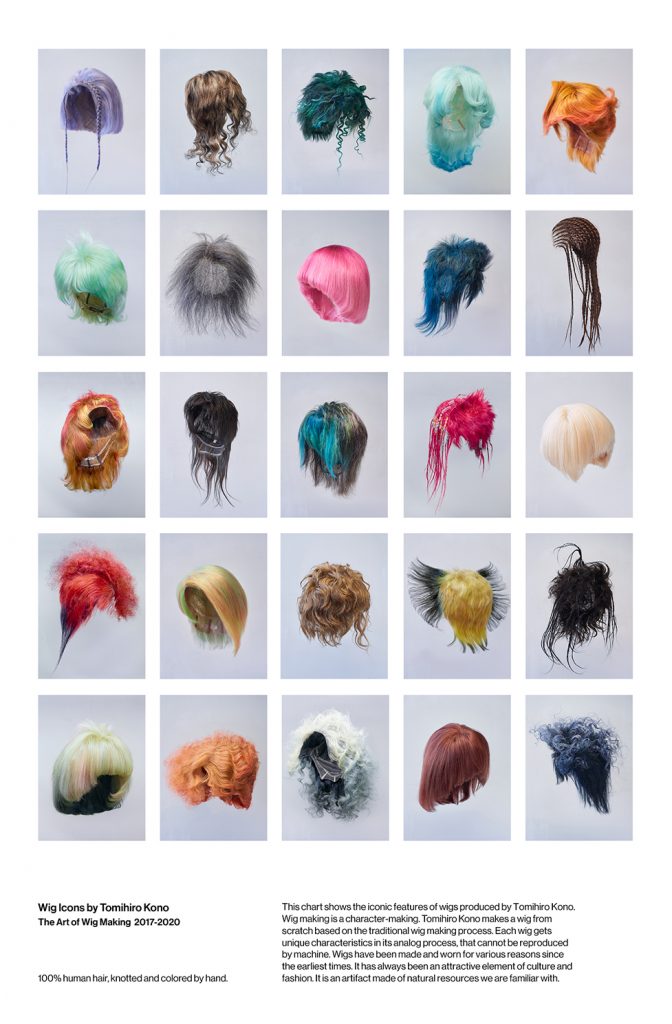
I don’t know if it’s easy to study or learn how to create wigs, but I feel that your books may be great material for anyone that wants to try. What do you think based on how you learned yourself?
In my case, when it comes to craftsmanship, I’m self-taught. My mentor when I learned Geisha hairstyles and Japanese traditional hairdressing was self-taught. That made me think that I also could learn by myself.

Could tell me more about konomad, your project alongside the photographer Sayaka Maruyama?
konomad (@konomadinc) is a multidisciplinary platform and independent publisher I established with my partner Sayaka Maruyama (@sayaka_maruyama_). We both believe in the power of visual images to convey creativity.
Through konomad we have worked on very different activities and fields, including fashion, design, pop-up events, exhibitions, and publications. We also have created experimental artwork, including short films and photography series.

I know that some of the artists that I like wear wigs, but I don’t see my friends wearing wigs often … Will wigs become something of our daily lives soon?
My viewpoint is centered on pushing the idea of wigs to the masses, always thinking of them from the transformational aspect. I think more and more people are starting to enjoy wearing wigs as a part of their fashion, and in the future, they will be an accessory like a hat.
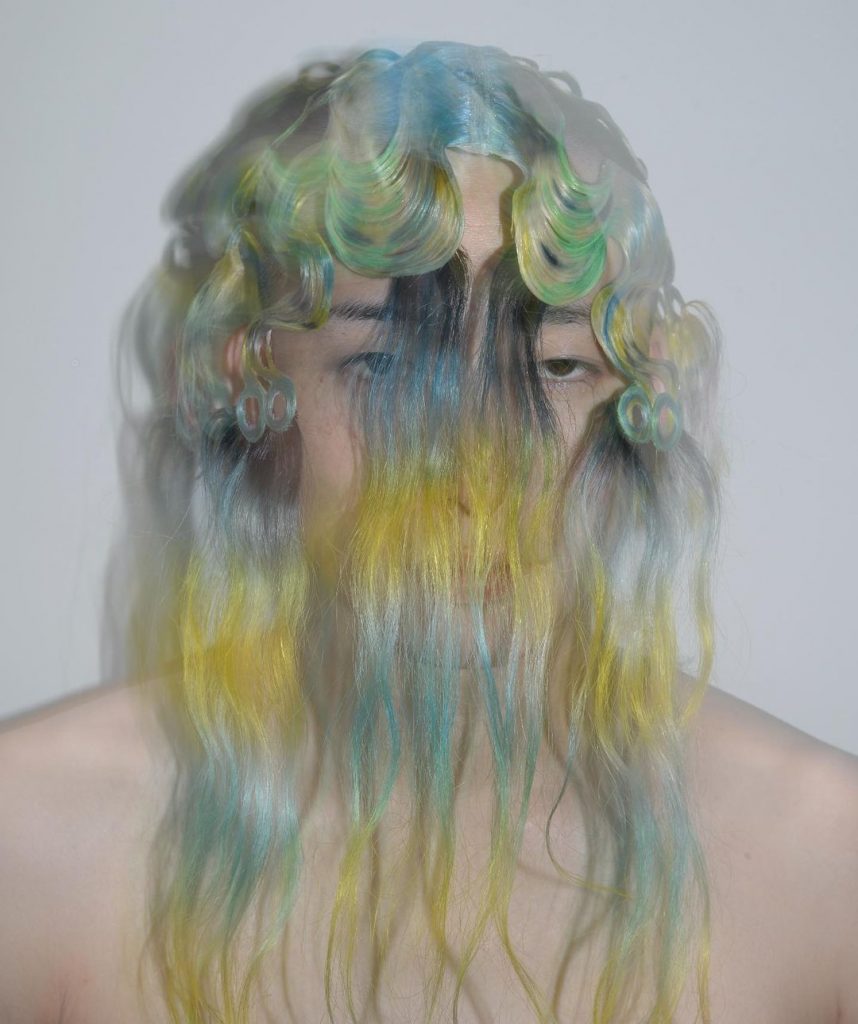
Through media and entertainment, we often get ideas on how to wear clothes and accessories, hair and makeup, but not wigs! What would be your advice for people who want to add wigs to their style?
Wigs have been frequently used to disguise a character. However, wigs can bring us closer to our own identity. They can function like clothes, hats, or accessories for daily life.
If you think a full wig is too much for you, then I suggest you try on hair accessories. My advice would be: just simply enjoy your transformations with wigs!!
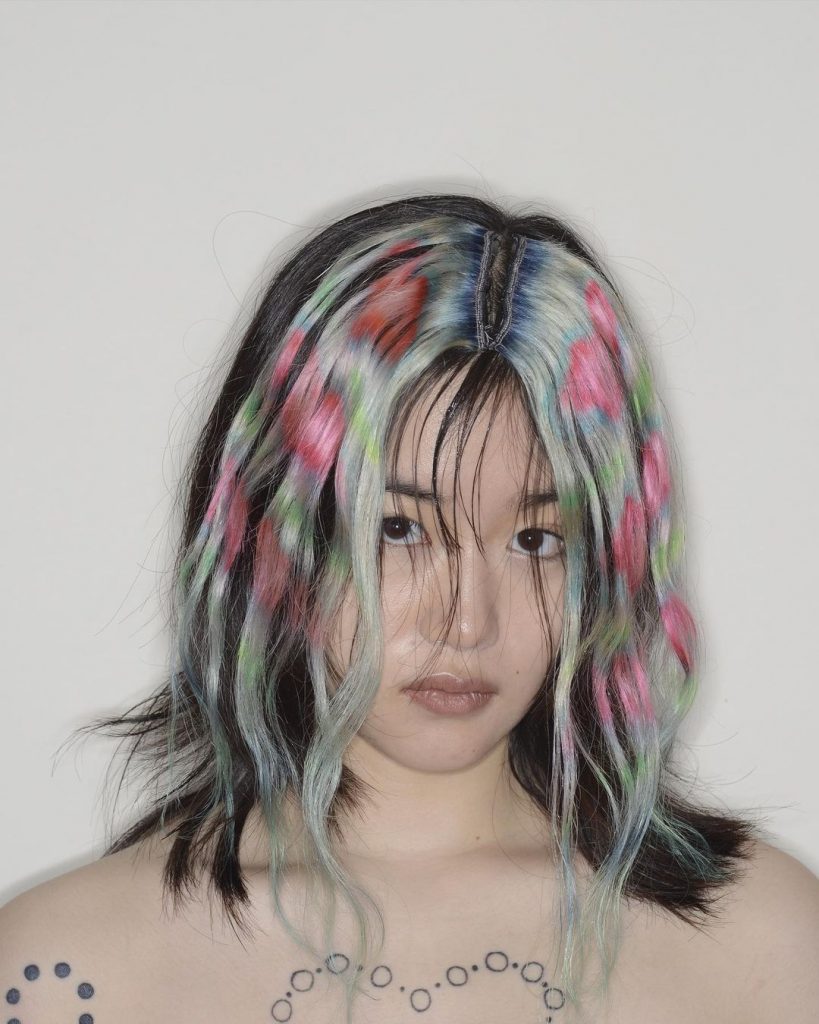
Learn more about Tomihiro Kono by checking his website
Buy Tomihiro Kono’s books on konomad website
Follow Tomihiro Kono (@tomikono_wig) on Instagram
༼✷ɷ✷༽





